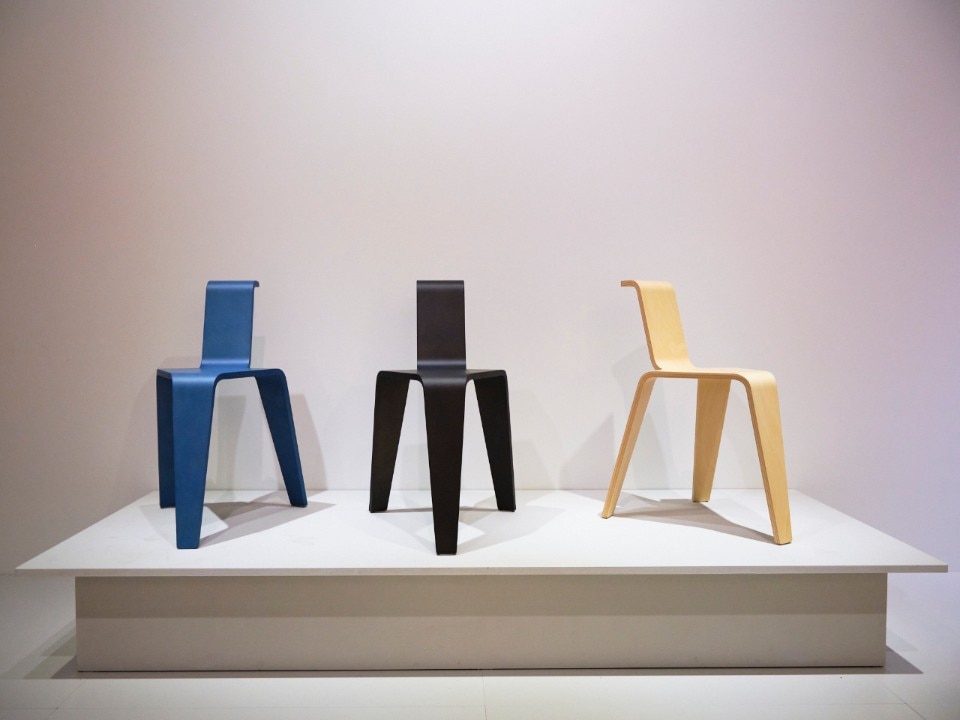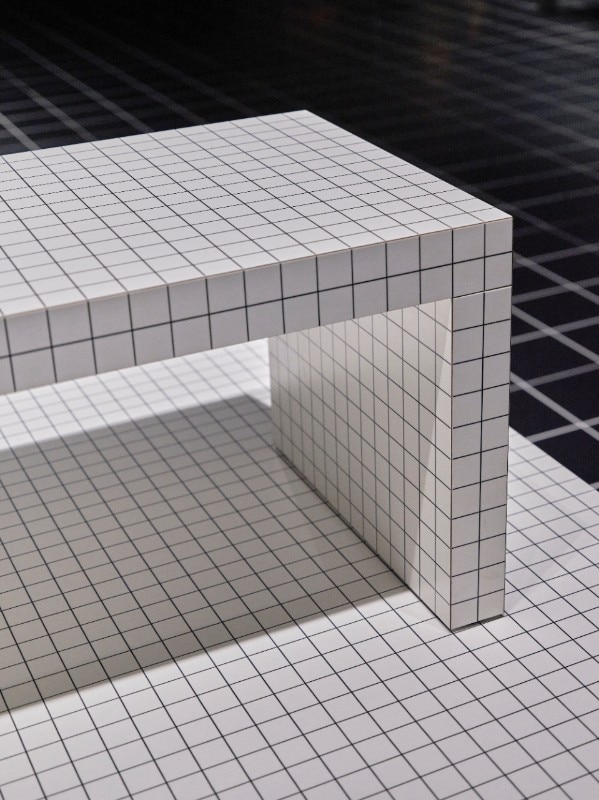“Details are not details. Details are design”. Recalling this sentence by Ray and Charles Eames, now dated but more current than ever, the hunt for the so-called “ten must-have projects” among the aisles of the fair has begun: perhaps, in the face of such a vast offer, with over two thousand exhibitors, even the products themselves become details of a well-planned business strategy.
The long-awaited 60th edition of Salone Internazionale del Mobile, the first of the post-Covid era, has finally come. The theme of environmental sustainability seems to have contaminated those in the industry with proposals that, however, are not always entirely credible: the environment and its protection have become the passe-par-tout that opens almost every door, or rather, the collective imagination.
Often the frenzy of having to see as much as possible in a limited amount of time does not allow us to “understand” and comprehensively analyse products that, instead, should be touched, tried and perhaps turned upside down, to look for quality even when it cannot be seen.
I will try and propose a selection of heterogeneous typological choices to explain the project, in search of the detail.























